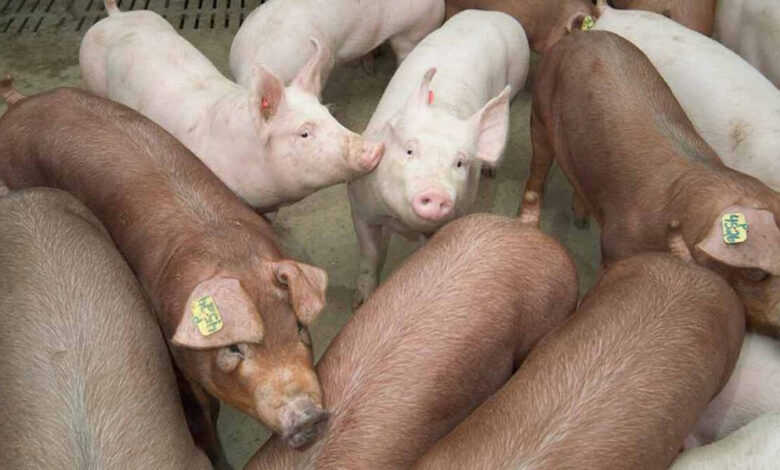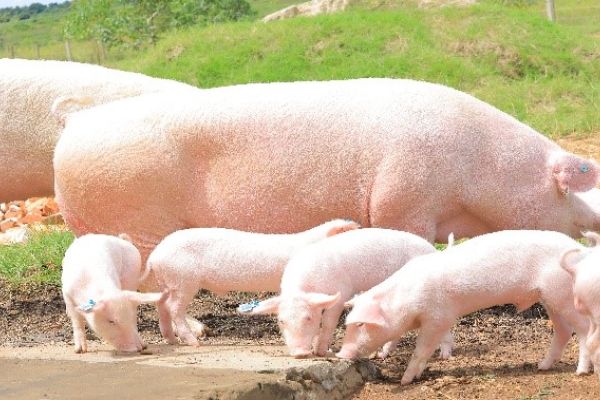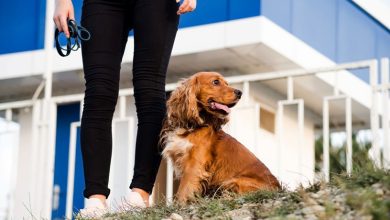Sustainable Hog Breeding: Choosing Hogs for Environmentally Friendly Farming

The push for sustainable agriculture is reaching all corners of farming, and hog production is no exception. Choosing the right breeding hogs is a crucial step in creating environmentally friendly farms. Sustainable hog breeding goes beyond simply maximizing meat yield; it prioritizes traits that minimize environmental impact, promote animal welfare, and ensure long-term farm viability. By carefully selecting breeding stock, farmers can significantly reduce their carbon footprint and contribute to a more resilient food system. This selection process focuses on several key areas: feed efficiency, waste management, and climate resilience.
Efficient Feed Conversion: Maximizing Output, Minimizing Input
One of the most significant ways to reduce the environmental impact of hog farming is to improve feed conversion ratios. Hogs that require less feed to gain weight contribute to lower greenhouse gas emissions associated with feed production and transport. When choosing breeding hogs, look for animals with a history of efficient feed utilization. This means selecting pigs that convert feed into muscle mass rather than fat, and those that have faster growth rates. Breeders should prioritize animals from lines that have demonstrated superior feed efficiency, often tracked through careful record keeping. It’s essential to choose animals that thrive on locally sourced or alternative feed options, reducing reliance on resource-intensive crops like soy. This focus on feed efficiency not only benefits the environment but also reduces production costs for the farmer. For Selecting Breeding Hogs this is quite important.
Low Waste Production: Reducing Pollution and Promoting Resource Recovery
Hog waste can be a major source of pollution if not managed effectively. The aim should be to select animals that produce less waste and that have nutrients that can be used in a beneficial way. Choosing breeding stock with strong digestive systems and the ability to better utilize nutrients in their feed leads to less undigested material ending up in manure. Some breeds are known to be more efficient at breaking down plant matter, resulting in richer manure that is more suitable for use as fertilizer. As well as this, selecting for robust and healthy animals can also mean less waste through the use of antibiotics and other non-benificial chemicals. The goal is to create a circular system where the “waste” from one process becomes a resource for another, minimizing overall farm waste and its harmful effects.

Climate Resilience: Preparing for the Future
As climate change becomes an increasingly urgent issue, breeders must also consider the resilience of their herds to changing conditions. Selecting hogs with tolerance to heat and cold stress will ensure that the animals thrive even as weather patterns become more variable. This involves choosing breeds well-suited to the local environment and promoting genetic diversity within the herd, allowing for adaptation over time. It also means selecting animals based on their behavior patterns, making sure they have the right temperaments for the environmental conditions they are placed in. Resilient hogs are less prone to illness, reducing the need for medications and promoting animal welfare.
A Holistic Approach: Combining Traits for Sustainable Breeding
Sustainable hog breeding is not just about individual traits; it’s about adopting a holistic approach that integrates multiple factors. By prioritizing efficient feed conversion, low waste production, and climate resilience, farmers can create systems that are not only more environmentally responsible but also more economically sound and sustainable in the long term. The key is to choose breeding hogs that actively contribute to the farm’s sustainability goals, paving the way for a greener and more ethical future for hog production.




